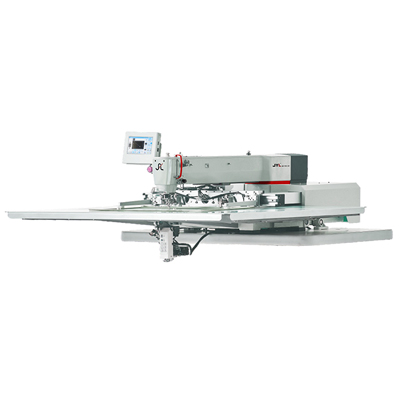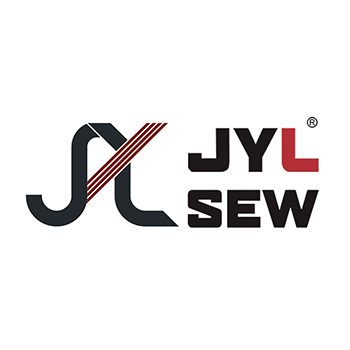CNC Stitching Machines represent a pinnacle of technological advancement in the realm of textile and leather manufacturing. These machines, equipped with Computer Numerical Control technology, offer unparalleled precision, efficiency, and versatility in stitching various materials. Mastering the usage of a CNC Stitching Machine requires understanding its intricate functions and operation. In this guide, we will explore the step-by-step process to harness the full potential of this cutting-edge technology.

Operating Basics:
Power On and Initialization: Start by powering on the CNC Stitching Machine. Allow it to undergo the initialization process, during which the machine calibrates its settings and ensures optimal performance.
Material Preparation: Place the material to be stitched securely on the machine's work surface. Ensure it is properly aligned and clamped to prevent any movement during stitching. Adjust the material settings on the machine's control panel to match the type and thickness of the material being used.
Programming the Stitch Pattern: Utilize the machine's computer interface to program the desired stitch pattern. CNC Stitching Machines offer a wide array of stitch options, from basic straight stitches to intricate embroidery patterns. Input the specifications accurately, including stitch length, width, and density.
Needle and Thread Setup: Install an appropriate needle size and thread type based on the material. Thicker materials require larger needles and robust threads. Load the thread onto the machine, ensuring it is correctly threaded through the needle and tensioning mechanisms.
Machine Calibration: Before initiating the stitching process, calibrate the machine by running a test stitch on a scrap piece of material. Check the stitch quality, tension, and alignment. Make necessary adjustments to achieve the desired results.
Stitching Process: Once calibrated, commence the stitching process. Monitor the machine closely during operation, ensuring the material advances smoothly and the stitches maintain consistency. Some CNC stitching machines offer automatic thread trimming and bobbin change functionalities, enhancing efficiency.
Quality Inspection: After stitching is complete, inspect the finished product thoroughly. Check for stitch accuracy, tension, and overall quality. Make any necessary adjustments to the machine settings if deviations are observed.
Shutdown and Maintenance: Properly shut down the CNC stitching machine after use. Clean the machine, removing any residual threads or fabric particles. Lubricate moving parts as per the manufacturer's recommendations to maintain optimal performance.
By following these steps meticulously, operators can harness the full potential of CNC stitching machines, ensuring the production of high-quality stitched products with precision and efficiency. Mastering the art of CNC stitching opens doors to limitless creative possibilities in the realm of textile and leather craftsmanship.




